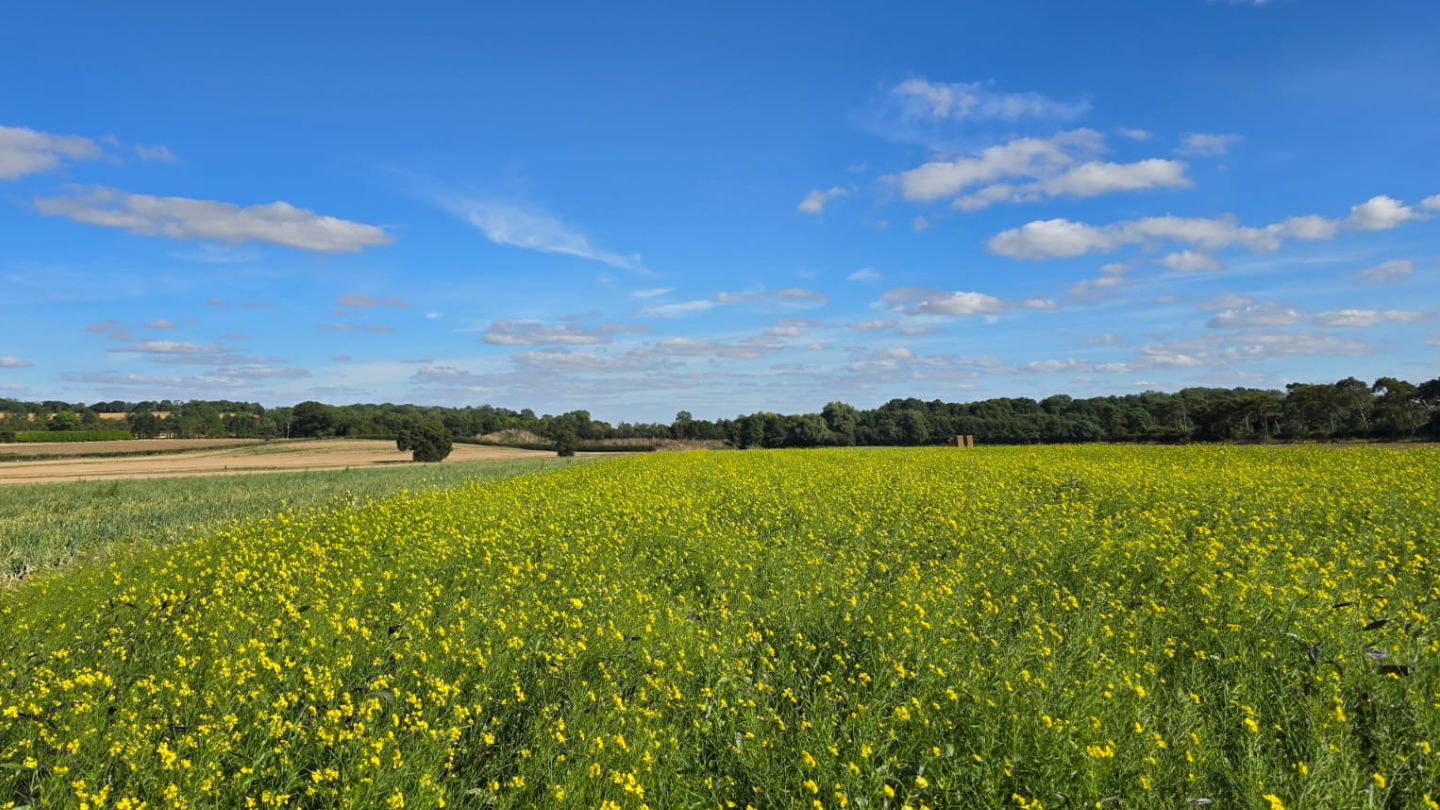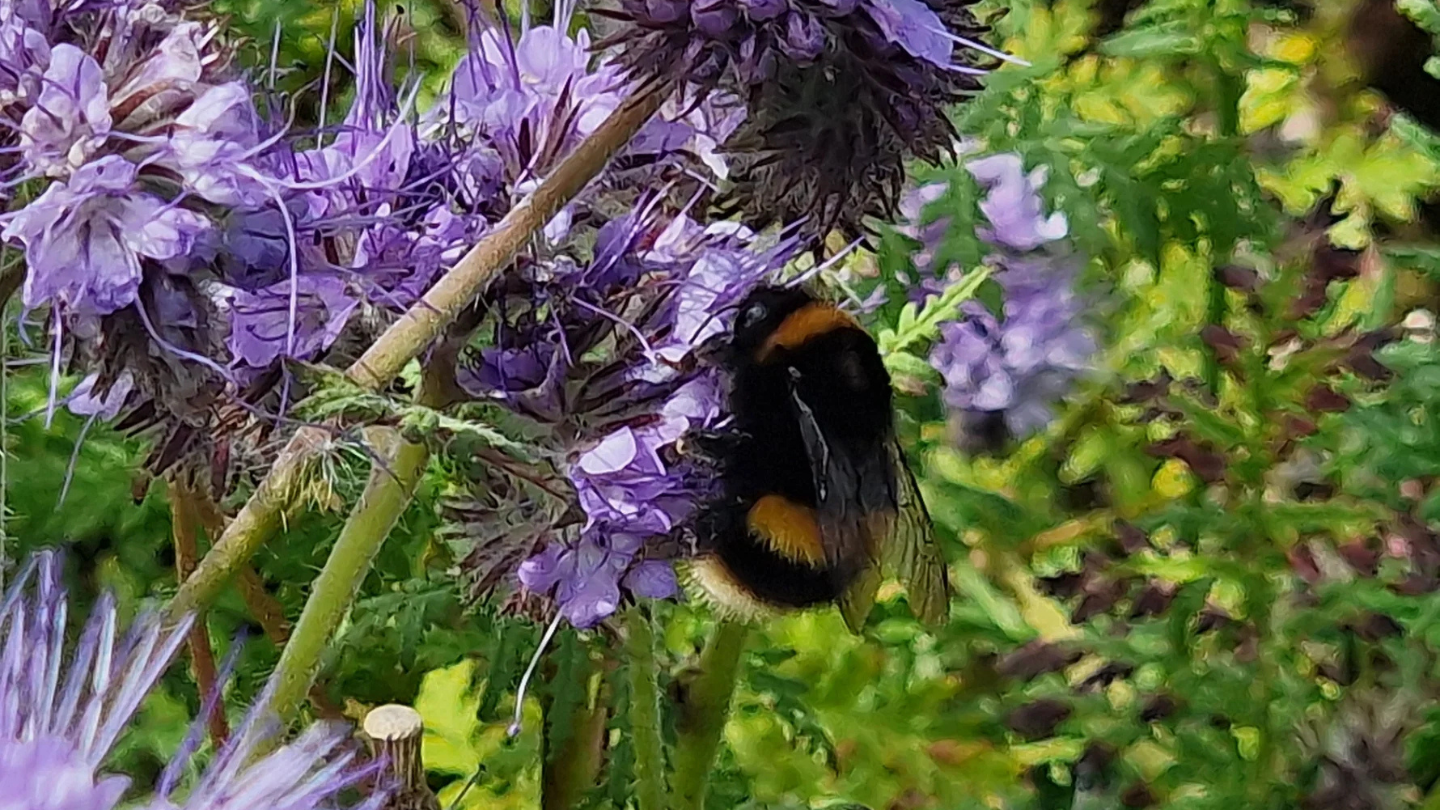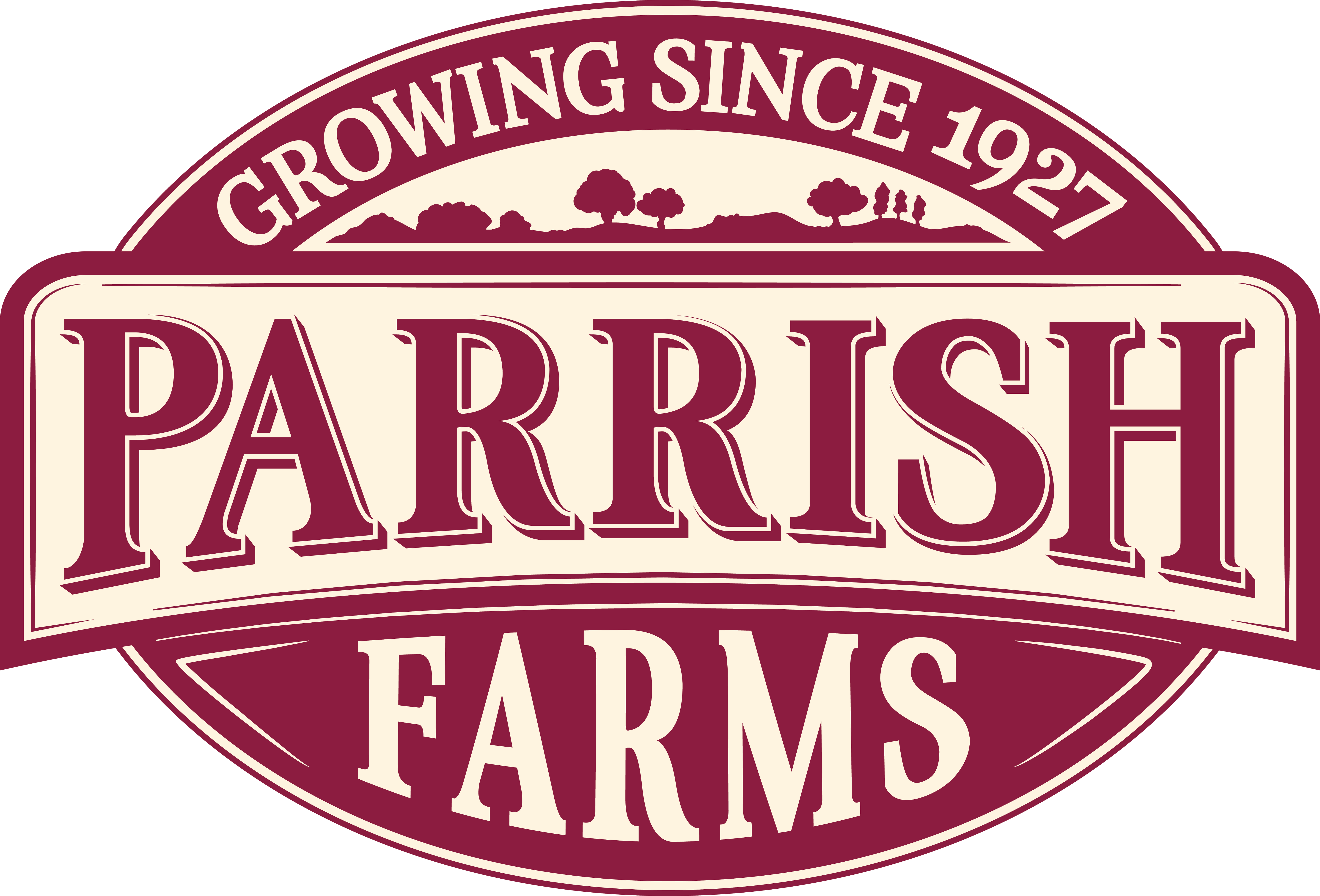News from Parrish Farms

Commitment to Wildlife Conservation: Our 'Focus 4' Species
on Jun 19 2025
At Parrish Farms, we take pride in upholding the highest environmental farming standards, following the LEAF Marque principles. We are always seeking innovative ways to protect local wildlife and support the recovery of endangered species in Bedfordshire. While we care for all creatures, we recognise that some need more targeted assistance. That’s why we’ve chosen four key species to monitor and provide the resources they need to flourish on our farm.
Barn Owls
Barn Owls are a cherished sight at our farm, gliding silently over the fields during warm summer evenings. Despite their widespread presence across the UK, their numbers plummeted during the 20th century due to harmful pesticides such as DDT. Fortunately, these chemicals have since been banned, but Barn Owls still need safe habitats to breed and thrive.
To encourage their recovery, we have installed several owl nesting boxes in secluded, sheltered locations where they can breed undisturbed. Each year, a licensed bird ringer visits to monitor their nesting progress, and we are delighted that many Barn Owls have successfully raised their young in these spaces.
Additionally, by preserving woodlands, planting hedgerows, and allowing sections of our land to grow wild, we support a thriving ecosystem that ensures a steady supply of prey for our Barn Owls. This approach not only benefits these majestic birds but also strengthens biodiversity across the farm.
Great Crested Newt
The Great Crested Newt is one of the UK’s most protected amphibians, and we’re proud to be making a difference for them right here on the farm. These remarkable creatures depend on clean, well-maintained freshwater habitats to breed, as well as terrestrial spaces to shelter and forage.
To support them, we monitor our pond life year-round, and we carry out monthly water quality checks in our rivers and reservoirs. Reeds have been planted to provide shelter and spawning areas, while banks are regularly maintained to prevent erosion and improve access for wildlife.
Here's an example of how we cleared out an overgrown pond and transformed it into an incredible, healthy aquatic ecosystem. The top photo shows the pond shortly after clearance, while the second captures how vibrant and full of life it is now. We removed excess silt, invasive vegetation, and shaded overhanging branches to restore open water and sunlight, both of which are essential for healthy ecosystems. These improvements have boosted oxygen levels, encouraged aquatic plants to thrive, and created ideal breeding conditions for Great Crested Newts and other freshwater species. It’s a powerful reminder that a little thoughtful intervention can go a long way in supporting pond life.
Yellowhammer
The Yellowhammer, with its bright yellow feathers and “a-little-bit-of-bread-and-no-cheese” song, is a welcome sight and sound across our hedgerows. Sadly, this once-common farmland bird is now in decline, largely due to the loss of suitable nesting habitats.
Yellowhammers prefer to nest in short, dense hedgerows next to ditches or rough field margins. They build their nests low to the ground and raise chicks well into late summer. For this reason, we avoid any hedge, ditch or margin cutting between 1 March and 31 August, giving these ground-nesting birds the best possible chance of a successful breeding season.
We’ve planted new hedgerows and are improving old ones through traditional hedge-laying, an effective way to thicken and rejuvenate hedges while creating shelter for wildlife. All hedge work is carefully timed to avoid disturbing any active nests. With these efforts, we’re building a landscape where Yellowhammers can safely return and raise the next generation.
Bumblebees
Wildlife conservation isn’t just about birds! Pollinators like Bumblebees play a vital role in our ecosystem, particularly in agriculture. Without them, UK farmers would face an estimated £1.8 billion increase in pollination costs, which would significantly impact food production. Alarmingly, eight Bumblebee species in the UK are endangered, with two already extinct.
To support these essential pollinators, we’ve designated large areas for nectar-rich wildflowers and hedgerows, ensuring a continuous supply of pollen throughout the year. We also provide safe nesting spaces by preserving undisturbed grassland and installing specialist Ceramic Bumblebee Nesters, giving these busy insects the best chance of survival.

Embracing Sustainability: The Power of Biofumigant Mustard
on Apr 04 2025
A Bold Step Towards Sustainable Farming
In 2024, we took a significant leap towards sustainability by introducing Biofumigant Mustard, a revolutionary alternative to traditional pesticides and chemicals. This remarkable crop serves a dual purpose: acting as both green manure and a natural biofumigant. Not only does it enhance soil health, but it also releases powerful, naturally occurring compounds that combat stubborn weeds and pests.
The Magic of Biofumigant Mustard
Planted in late spring, Biofumigant Mustard transforms fields into a breathtaking sea of golden yellow flowers within just three months. While these vibrant blooms are visually stunning, the real impact comes when the plants are mowed and rapidly incorporated into the soil. Timing is crucial—this must be completed within an incredibly short 20-minute window to retain the crop’s natural pest-fighting gases.
Following this rapid incorporation, the field is given time to breathe and regenerate. A five-year break ensures the soil is fully rejuvenated and primed for onions to flourish once more. By adopting Biofumigant Mustard, we are not just growing crops; we are cultivating a healthier environment for generations to come.
Why Use Green Manure Crops?
Green manuring is an ancient yet highly effective agricultural practice involving the incorporation of green plant tissue into the soil. This economical and practical technique helps restore soil vitality while offering an array of benefits, including:
Enhanced Soil Fertility & Structure – Adds essential nutrients and organic matter.
Improved Soil Aeration – Creates a healthier environment for root growth.
Increased Water Infiltration & Retention – Helps the soil retain moisture more effectively.
Erosion Control – Reduces the impact of wind and water erosion.
Boosts Soil Biodiversity – Encourages the proliferation of beneficial microbes and organisms.
Ideal for Organic & Conventional Farming – Works well in integrated crop management (ICM) and low-risk input systems.
Higher Yields in Subsequent Crops – Leads to measurable improvements in crop productivity.
For vegetable growers, green manure crops significantly reduce weeding costs, lowering reliance on herbicides and minimising the need for manual or mechanical weeding.
Understanding the Biofumigation Process
Biofumigation is the process of suppressing soil-borne pests and pathogens through naturally occurring compounds, predominantly isothiocyanates (ITCs), released from Brassicaceous plant tissues. When these plant tissues are damaged, glucosinolates interact with the enzyme Myrosinase in the presence of water to produce ITCs.
Unlike simple green manure crops, Caliente Mustards and Nemat have been specifically bred to produce substantial biomass and contain high levels of glucosinolates and enzymes essential for effective biofumigation.
Additional Uses of Green Manure Crops
Beyond their role in sustainable farming, Caliente Mustards can be utilised in various agricultural practices, including:
Forestry and Tree Production
Protected Cropping
Ornamental and Hardy Nursery Stock
Cut Flower Production
Bulb Production
Viticulture (Wine and Table Grapes)
A Sustainable Future with Biofumigant Mustard
By incorporating Biofumigant Mustard into our farming practices, we are taking a proactive approach to sustainability, enhancing soil health, and reducing our reliance on synthetic chemicals. This innovative approach ensures a healthier, more productive agricultural future while protecting the environment.
Join us on this journey towards a greener, more sustainable way of farming!

How We're Adapting Our Farm to Benefit the Ecosystem
on Mar 29 2025
At our farm, we are committed to working in harmony with nature. We believe that sustainable farming isn’t just about growing crops - it’s also about creating a thriving environment for wildlife and improving the health of our land. That’s why we’ve been making several changes to ensure our farm benefits the ecosystem. Here are some of the key initiatives we’ve undertaken to support biodiversity and help combat climate change.
Planting Hedges and Trees to Support Wildlife
One of our biggest recent projects has been planting 3,450 hedge plants and 40 trees. These trees and hedges are not only crucial for capturing carbon dioxide and releasing oxygen, but they also provide vital habitats for local wildlife. Birds and mammals use the dense foliage for nesting and shelter, while the flowering trees and shrubs offer a rich source of pollen and nectar for pollinators. When ground flowers are scarce, these hedgerows continue to sustain bees, butterflies, and other insects essential to the ecosystem.
Creating a Network of Field Margins
We’ve also established an extensive network of field margins to create a connected habitat for wildlife across our farm. Wildflower margins, grass strips, and watercourse buffer zones serve as essential corridors for small mammals, birds, and insects.
Grass margins provide food and shelter for small birds and mammals, while also serving as hunting grounds for larger predators.
Wildflower margins attract pollinators such as bees, butterflies, and hoverflies, playing a crucial role in maintaining a balanced ecosystem.
Water body buffers - grassland strips planted along reservoirs and watercourses - help improve water quality while offering safe habitats for voles, newts, toads, and dragonflies.
By ensuring wildlife can travel safely across fields in search of food, nesting sites, or protection from predators, we are helping to sustain a more diverse and resilient ecosystem.
Providing Food and Shelter All Year Round
We understand that the colder months can be particularly tough for wildlife, with limited food sources and harsh weather conditions. To address this, we leave overwintered stubble in our fields after harvest. This provides birds and small mammals with a crucial food source throughout autumn and winter.
Additionally, we’ve planted tussock grass across various fields to offer shelter during the colder months. When spring and summer arrive, our flower-rich margins, grasslands, and crops supply an abundance of food and nesting spaces for pollinators, birds, and mammals alike.
During hot weather, dehydration can be a serious concern for wildlife. That’s why we’ve also ensured there are water sources strategically placed across our farm, providing a lifeline for animals on dry days.
A Sustainable Future for Farming and Nature
By integrating these wildlife-friendly farming practices, we are not only enhancing biodiversity but also improving soil health, water retention, and pest control - all of which contribute to a more sustainable and productive farm. We believe that farming and conservation can go hand in hand, and we are proud to play our part in protecting and enriching the local ecosystem.
We will continue to explore new ways to support nature on our farm and look forward to seeing the positive impact of these efforts in the years to come. Stay tuned for more updates on our journey towards sustainable and eco-friendly farming!

